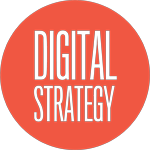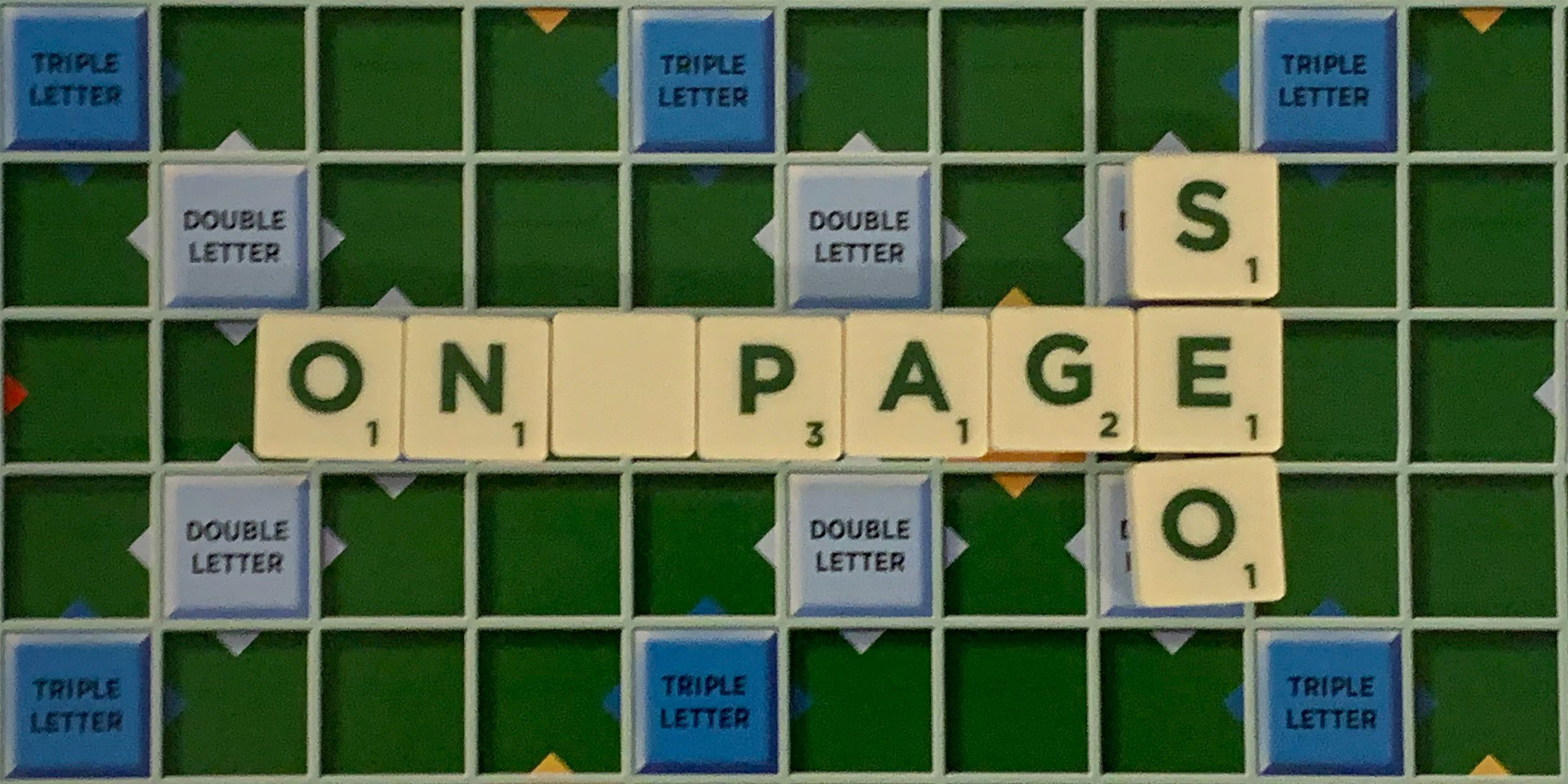What is SEO? Part two
On-page elements that can boost SEO Ranking.
On-page SEO
In this article you will learn you how you can change items on the page to improve your SEO ranking! There are many elements on the page that you have control over. And in this article we will show you what they are and what you can do to them to help your page rank higher in the SERPS (Search Engine Results Pages).
In the first part of this series of articles, What is SEO? Part 1, we explained what it is we mean when we talk about SEO. Why it’s so important to you and your clients. How it can Increase traffic to your site. We also looked at how SERPS are made up and how users interact with them.
In this article we are going to get more hands on and look at the various elements on the page that we can hone, change or improve. This will make our pages more attractive to the search engines, and by that we mean Google, and also our target audience.
On-Page SEO: How to Optimize Your Website
In the world of SEO, there are two primary areas of focus: on-page SEO and off-page SEO. While off-page SEO refers to activities that take place outside of your website, such as link building and social media marketing, on-page SEO focuses on optimizing the elements on your website to improve your search engine ranking.
In this article, we will explore the various elements of on-page SEO that you can optimize to help your website rank higher in search engine results pages (SERPs). By implementing these strategies, you can make your website more attractive to both search engines and your target audience.
Headings: The Key to Optimizing Your Content
One of the most important elements of on-page SEO is the use of headings. Headings help to structure your content and make it easier to read for both users and search engines. By using headings to break up your content into smaller, more manageable sections, you can make it easier for search engines to crawl and understand your content.
When optimizing your headings, there are a few best practices to keep in mind:
- Use descriptive headings that accurately reflect the content of the section
- Use hierarchical heading tags (H1, H2, H3, etc.) to indicate the structure of your content
- Use only one H1 tag per page, and use it for your main heading
- Use multiple H2 and H3 tags as necessary to break up your content into sections
Meta Descriptions: Your Elevator Pitch to Users
Your meta description is the brief snippet of text that appears below your website’s title and URL in search engine results pages. This is your elevator pitch to potential visitors, and it’s important to make it as compelling as possible.
When crafting your meta description, keep the following in mind:
- Keep it short and sweet: aim for 155 characters or less
- Use descriptive, action-oriented language that entices users to click through to your website
- Include your primary keyword, but avoid keyword stuffing
- Don’t duplicate your meta descriptions across multiple pages
Image Optimization: More Than Just Pretty Pictures
Images can play a key role in on-page SEO, but many website owners overlook their potential. By optimizing your images, you can improve your website’s load times, enhance user experience, and even boost your search engine ranking.
When optimizing your images, be sure to:
- Use descriptive, keyword-rich file names
- Compress your images to reduce file size without sacrificing quality
- Use alt tags to provide context for search engines and users who may be unable to view your images
- Consider using a sitemap to help search engines find and index your images
Content Optimization: Quality Over Quantity
While it’s important to include your primary keyword throughout your content, it’s even more important to focus on creating high-quality, engaging content that provides value to your users. Search engines prioritize content that is helpful, informative, and well-written, so be sure to take the time to create content that meets these criteria.
When optimizing your content, keep the following tips in mind:
- Use your primary keyword in your main heading, as well as throughout your content
- Break up your content into sections using headings and subheadings
- Use bullet points and numbered lists to make your content more scannable
- Link to other relevant pages on your website and external resources to provide additional value to your users
Conclusion
Optimizing your website for on-page SEO is a crucial step in improving your search engine ranking and attracting more traffic to your website. By following these best practices for headings, meta descriptions, images, and content, you can create a website that is both user-friendly and search engine-friendly.
Remember, SEO is an ongoing process, so be sure to regularly review and update your website to ensure that it is always optimized for the latest SEO best practices.
According to a recent study, the top three search results on Google receive 75% of all clicks, while the first page of search results receives 91.5% of all clicks. This highlights the importance of having a high search engine ranking if you want to attract more traffic to your website.
In addition to the strategies outlined in this article, there are many other factors that can influence your website’s search engine ranking, such as page load times, mobile optimization, and backlinks. To ensure that your website is fully optimized for SEO, it’s important to work with a digital strategy and SEO expert who can help you develop a comprehensive strategy that takes all of these factors into account.
By optimizing your website for on-page SEO and staying up-to-date with the latest best practices, you can improve your search engine ranking, attract more traffic to your website, and ultimately achieve your digital marketing goals.
Read part one of What is SEO

